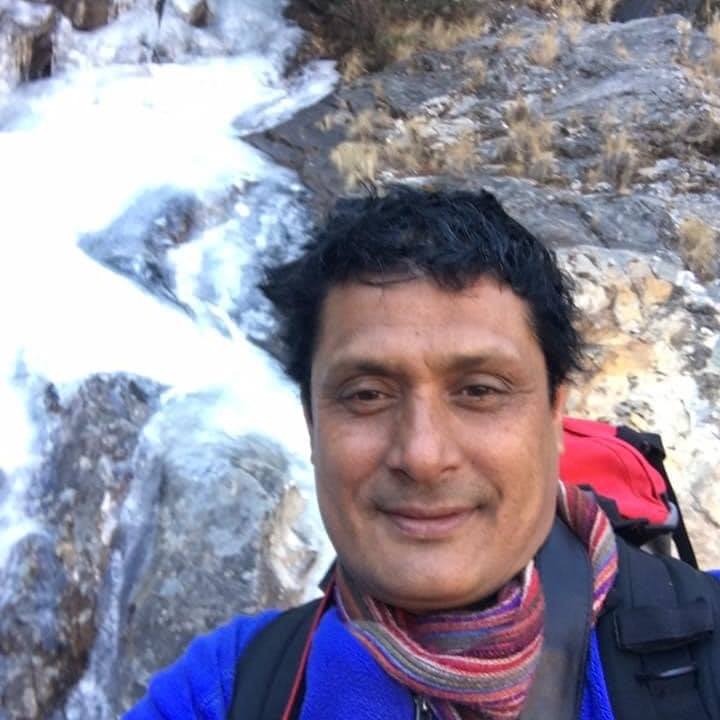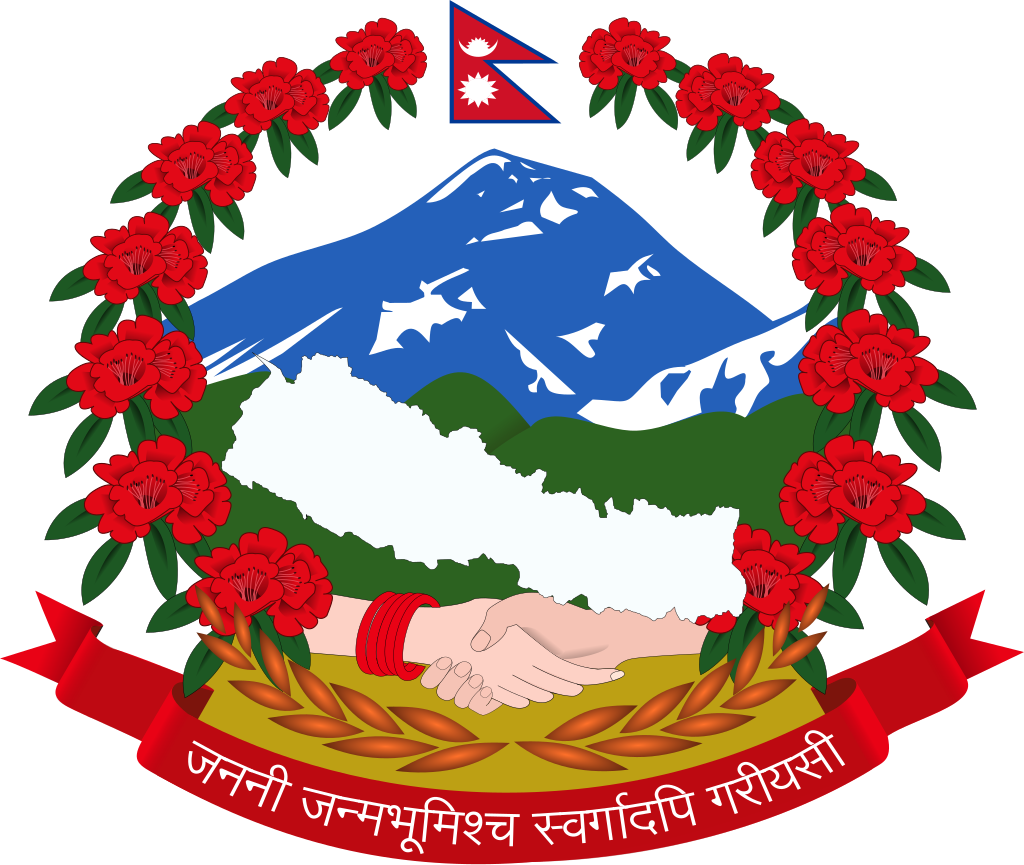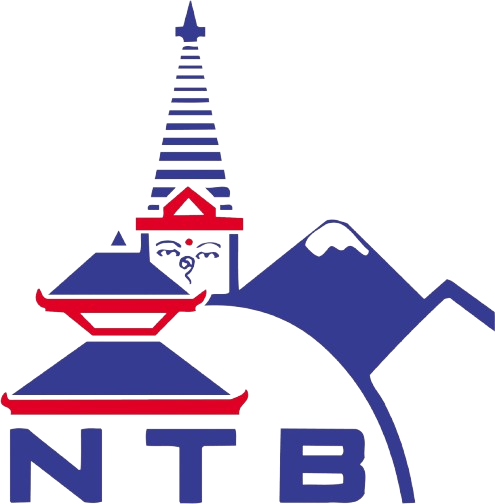The Tsum Valley Manaslu Circuit Trek is an extraordinary journey through one of Nepal’s most secluded Himalayan regions, offering a unique blend of natural beauty, cultural richness, and high-altitude adventure. Located in the Gorkha district near the Tibetan border, this trek combines the spiritual serenity of the Tsum Valley with the rugged grandeur of the Manaslu Circuit.
Why Choose the Tsum Valley and Manaslu Circuit Trek?
Tsum Valley, often referred to as the “hidden valley,” is a spiritual destination that’s rich in Tibetan culture and Buddhist traditions. On the other hand, the Manaslu Circuit offers unparalleled views of Mount Manaslu, the eighth-highest peak in the world, along with glaciers, deep forests, and charming villages.
This trek is perfect for those looking for a combination of adventure, peace, and culture. Here’s why you should choose it:
-
Remote and peaceful: Away from the busy trails of Everest and Annapurna
-
Cultural richness: Explore Tibetan-influenced villages and monasteries
-
Breathtaking landscapes: See the mighty Manaslu, Ganesh Himal, and Himal Chuli
-
Great for adventure lovers: Cross high passes and experience thrilling river valleys
The Trek Itinerary
Day 1: Arrive in Kathmandu
Arrive in Kathmandu, explore the city, and attend a pre-trek briefing.
Day 2: Kathmandu to Soti Khola (700m)
We drive from Kathmandu to Arughat and then trek to Soti Khola (700m), where our adventure begins.
Day 3: Soti Khola to Machha Khola (900m)
We’ll trek through lush forests, crossing suspension bridges over the Budi Gandaki River, heading towards Machha Khola.
Day 4: Machha Khola to Jagat (1,340m)
We continue trekking up the river valley, passing small villages like Khorla Bensi and Sirdibas, before reaching Jagat.
Day 5: Jagat to Chisapani (1,440m)
We continue towards Chisapani, trekking through dense forests with occasional views of the towering peaks.
Day 6: Chisapani to Tsum Valley (2,380m)
We take a turn into the Tsum Valley at Chhekampar, beginning our exploration of this culturally-rich area.
Day 7-10: Exploring Tsum Valley
-
Visit Mu Gumba, a significant Buddhist monastery, and Rachen Gumba in the valley.
-
Trek to Chhekampar and explore remote villages, getting a glimpse into the lives of the Tibetan-influenced communities.
Day 11: Tsum Valley to Lokpa (2,080m)
We trek back towards Lokpa, passing through stunning scenic landscapes and rural villages.
Day 12: Lokpa to Deng (1,860m)
We return to Deng, following the Budi Gandaki River and enjoying uninterrupted views of Manaslu.
Day 13: Deng to Namrung (2,630m)
Onward to Namrung, where the views of Manaslu continue to grow even more breathtaking.
Day 14: Namrung to Lho (3,180m)
The trek to Lho offers panoramic views of Manaslu, Himal Chuli, and Ganesh Himal.
Day 15: Lho to Sama Gaon (3,530m)
Sama Gaon is a beautiful Tibetan-influenced village where we’ll rest and acclimatize to prepare for our ascent to higher altitudes.
Day 16: Acclimatization Day in Sama Gaon
Visit the Manaslu Base Camp, enjoy views of Mt. Manaslu, and take in the surrounding valleys.
Day 17: Sama Gaon to Samdo (3,875m)
We head to Samdo, a small Tibetan settlement nestled near the border with Tibet.
Day 18: Samdo to Dharamsala (4,460m)
Trek to Dharamsala, a short distance from the Larkya La Pass.
Day 19: Larkya La Pass (5,160m) to Bimtang (3,590m)
The crossing of Larkya La, the highest point on the trek, is a challenging but rewarding section. You’ll be treated to views of Himal Chuli, Manaslu, and Ganesh Himal.
Day 20: Bimtang to Tilje (2,300m)
A much-needed descent to Tilje after crossing the Larkya La pass.
Day 21: Tilje to Dharapani (1,960m)
Trek back to Dharapani, where you’ll catch your final glimpse of the Manaslu region.
Day 22: Dharapani to Kathmandu
Drive back to Kathmandu and rest after a challenging yet fulfilling adventure.
What Makes This Trek Special?
-
Tsum Valley: Known as the “hidden valley,” it offers a unique blend of Tibetan culture, monasteries, and stunning landscapes that have remained mostly untouched by mainstream tourism.
-
Manaslu Circuit: This trek showcases an incredible range of biodiversity and contrasts from lush subtropical forests to alpine meadows and high-altitude deserts.
-
Remote Villages: Experience an unspoiled side of Nepal, with small, charming villages, Tibetan monasteries, and hospitable locals who will offer a warm ‘Namaste’.
What to Pack for the Tsum Valley & Manaslu Circuit Trek
-
Clothing: Layered clothing is essential for this trek, including lightweight base layers, mid-layers for warmth, and a heavy-duty down jacket for colder weather.
-
Footwear: Sturdy trekking boots with good ankle support and comfortable socks for long days.
-
Accessories: Sunscreen, sunglasses, trekking poles, water bottles, and a good-quality backpack for your gear.
-
Health: Carry personal medication, a first aid kit, and altitude sickness prevention pills like Diamox.
Best Time to Trek
The best months to trek the Tsum Valley & Manaslu Circuit are Autumn (September to November) and Spring (March to May). These seasons offer the clearest skies and perfect trekking conditions. Winter (December to February) is too cold and some tea houses may close, while the Monsoon season (June to August) is generally avoided due to rain and potential landslides.
The Tsum Valley & Manaslu Circuit Trek offers a perfect blend of cultural exploration, adventure, and stunning Himalayan views. If you’re looking for a trek that combines off-the-beaten-path adventure with breathtaking scenery, this is the one for you.
Frequently Asked Questions (FAQs)
1. Do I need a permit for the Tsum Valley and Manaslu Circuit Trek?
Yes, you will need both the Manaslu Restricted Area Permit and the Tsum Valley Special Permit, along with the TIMS card (Trekking Information Management System). These can be arranged through your trekking agency.
2. Is this trek suitable for beginners?
While the trek is relatively moderate in difficulty, prior trekking experience at high altitudes is recommended due to the remote nature of the trek and the challenges posed by the altitude.
3. How physically demanding is the trek?
It’s a moderate to challenging trek, especially as you gain altitude. You’ll be trekking 5–8 hours per day with significant elevation gains.
4. Do I need a guide?
Yes, the Tsum Valley & Manaslu Circuit is a restricted trekking area, so you are required to have a licensed guide and porter (if needed) to accompany you.


 Have Questions?
Have Questions?






